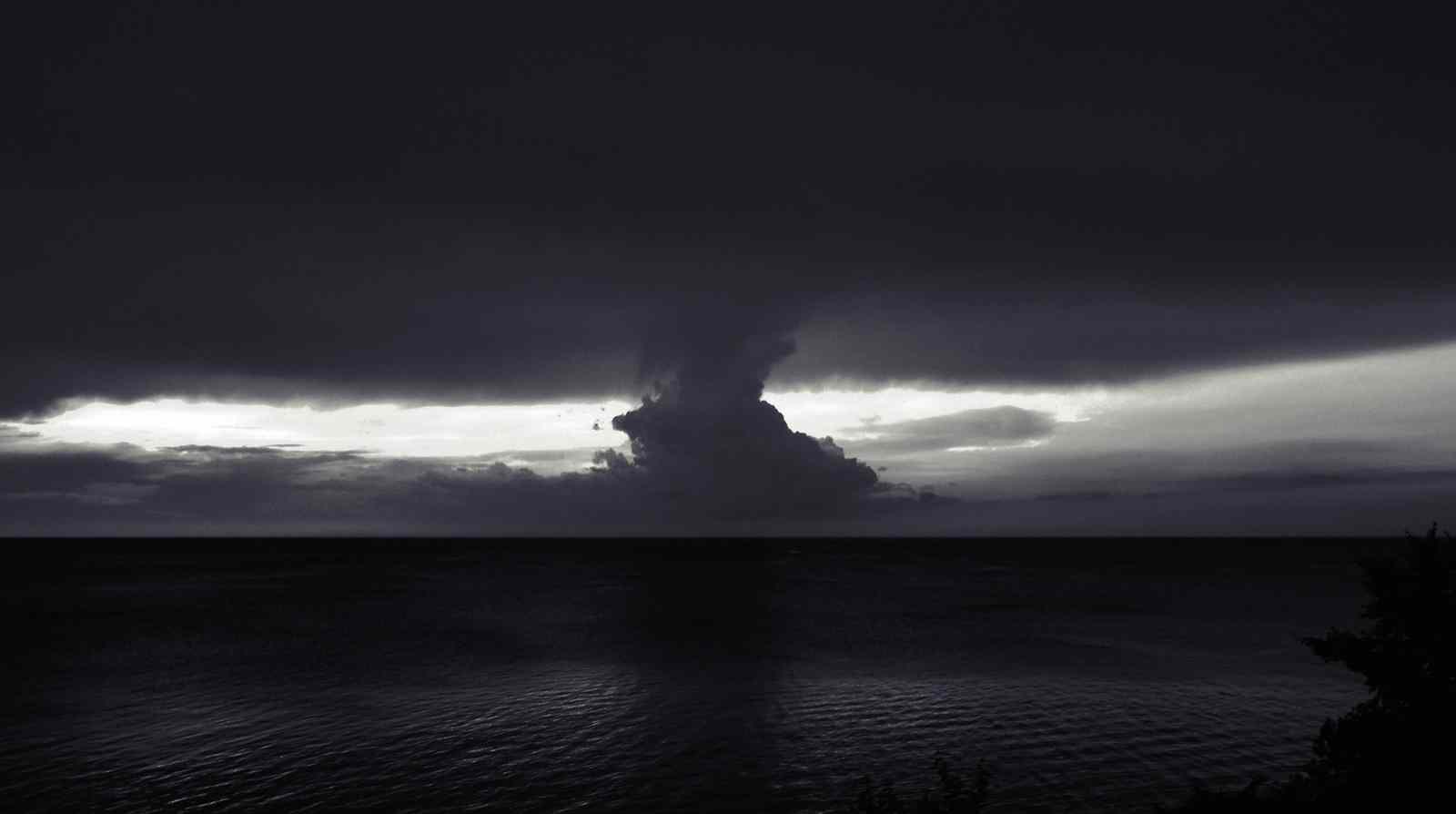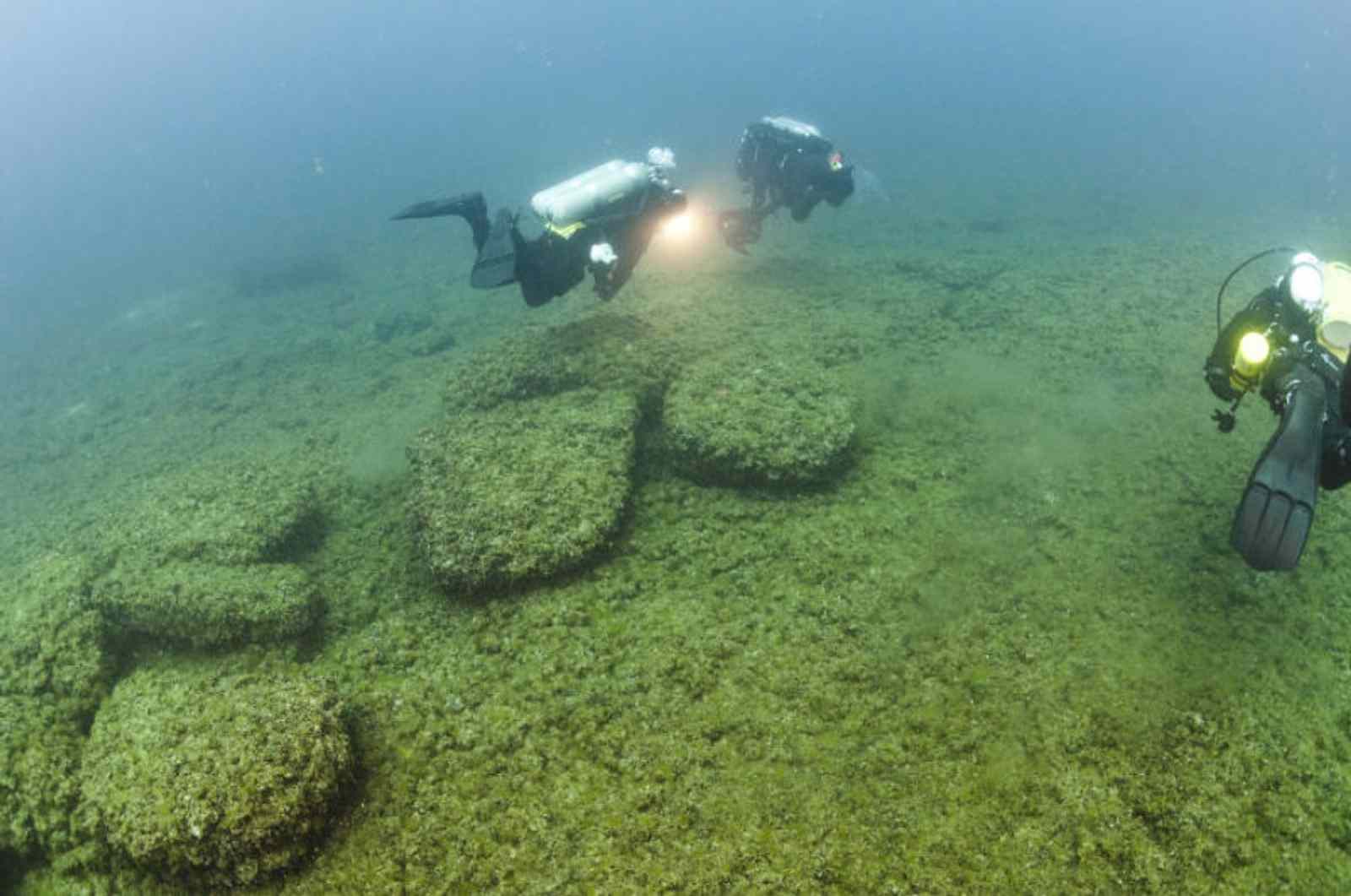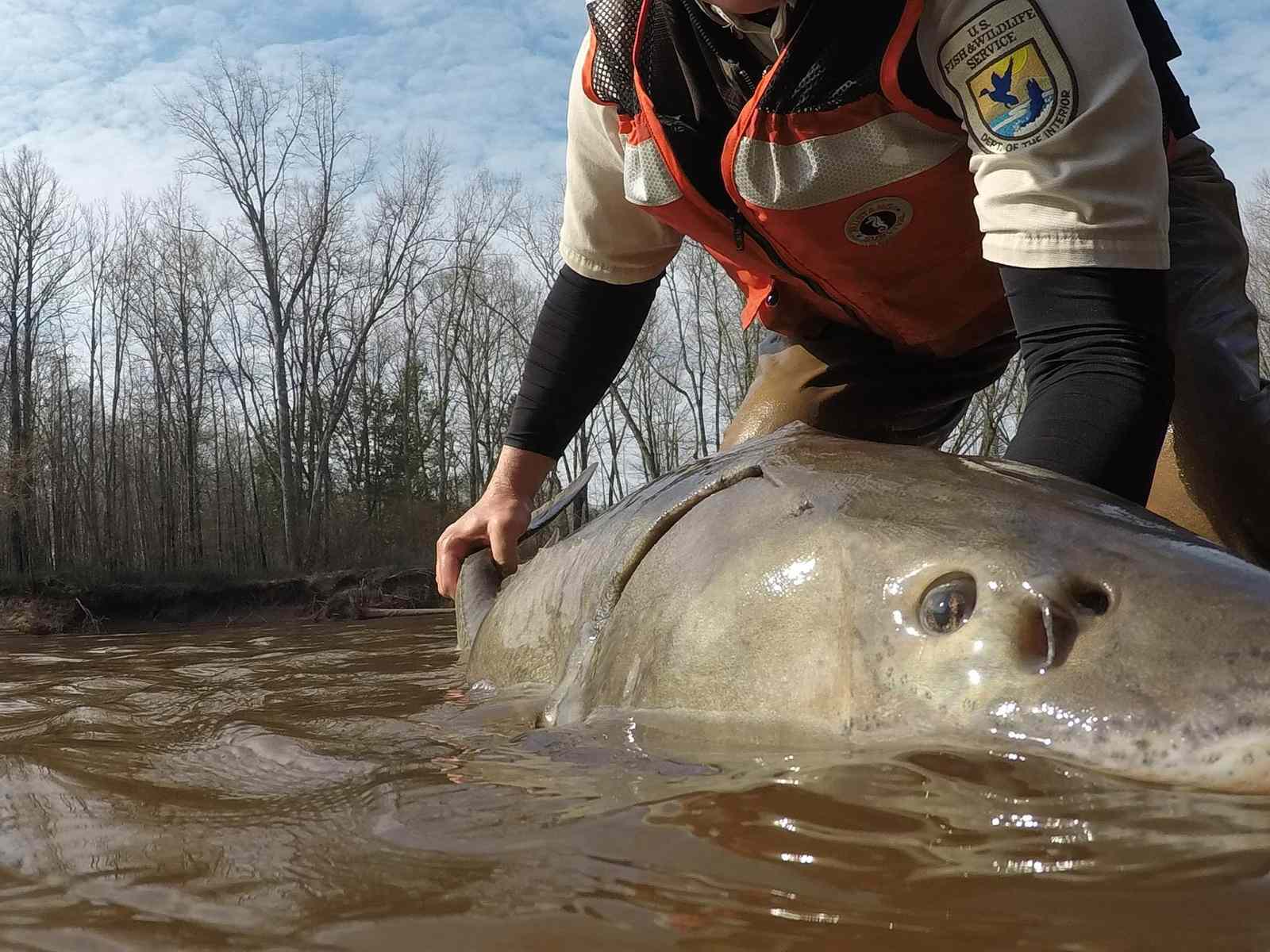Published April 12, 2019
At Great Lakes Guide, we strive to recognize and celebrate First Nations culture in and around the Great Lakes. We understand that the following material has deep roots in Indigenous ancestral knowledge.
As we acknowledge the history and culture of the Indigenous people who have lived in the Great Lakes region for time immemorial, we realize that we may not always have access to the traditional wisdom surrounding a topic. Please reach out to us if any information on this page is incorrect or inappropriate so that we can address the issue.
So you’re swimming in Lake Erie. Something brushes against your leg. Was it just a plant or a fish? Or have you just encountered Bessie, Lake Erie’s legendary lake serpent?

Perhaps you’re boating on Lake Huron. Could you possibly be floating over the remains of an ancient civilization twice as old as Stonehenge?
The Great Lakes host an array of legends, myths, and mysteries. Here are our top five...
1
Lake Superior’s Mishipeshu

Also known as the underwater panther (or in direct translation, ‘the Great Lynx’), Mishipeshu is an Ojibwe water creature with the head and paws of an enormous cat, the horns of a bison, the scaly body of a snake, a spikey back and tail. Mishipeshu is said to speak in a roaring hiss that emulates the sound of rushing water.
Did You Know?
Mishipeshu dwells in the depths of Lake Superior near Michipicoten Island. Often considered a malevolent being, Mishipeshu's most cherished pastimes are guarding large quantities of copper on the island, bringing death and misfortune (yikes!), and occasionally causing storms.
You can view pictographs of Mishipeshu on Agawa Rock in Lake Superior Provincial Park.
2
Lake Michigan’s Michigan Triangle

You’re likely familiar with the Bermuda Triangle, but did you know that Lake Michigan also has a triangular region known for its lost ships and airplanes? The three points of the Lake Michigan Triangle land in Manitowoc (Wisconsin), Ludington (Michigan), and Benton Harbor (Michigan).
Strange occurrences date back as early as 1881, when the boat the Thomas Hume vanished without a trace.
In 1921, the Rosa Belle was found floating upside down, emptied of its passengers. It was thought that there must have been a collision, though no ships nearby ever reported any incidents.
A myriad of culprits have been blamed for the mysterious events, ranging from UFOs, to time travel portals, to the weather. We’ll leave it up to you to decide what seems most likely.
3
Lake Huron’s Lost Civilization

In 2009, University of Michigan researchers discovered archaeological evidence of human activity preserved 100 feet below the surface of Lake Huron.
Their findings suggest the presence of an advanced ancient civilization dating back to the 7th millennium BC.
In the depths of the lake on what was once a land bridge 9,000 years ago, researchers identified human-made formations that may have been used for hunting caribou. The structures were astonishingly well-preserved due to the relative calmness of Lake Huron and their offshore location.
4
Lake Ontario’s Serpent

Lake Ontario’s Serpent is one the most sighted lake monsters in Canada, with legends cropping up across various cultures and time periods.
The Seneca spoke of Gaasyendietha, an enormous hydra snake that could breathe fire like a dragon and fly like a bird.
Near Kingston, Ontario, folklore tells of Kingstie, a famous (if somewhat unimaginatively named) beast around 30 feet long with short legs and a tail. Kingstie’s first sighting was reported in 1881 by passengers aboard the Gypsy.
The creature is so well-known, it was the subject of a massive hoax in 1934.
5
Lake Erie’s Bessie

Lake Erie’s Bessie is the Canadian cousin of Scotland’s Loch Ness Monster, Nessie. The first recorded account of Bessie was in 1793, and sightings have only become more common in the past few decades.
Bessie is said to be a long snake-like creature that is anywhere from 16 to 60 feet long. Descriptions of Bessie vary quite a bit, from descriptions of a dog-like head, to fins, to human-like arms. Its colour has been reported as grey, copper, or silver.

Ready to retire your swim trunks? Not so fast!
As fun as it may be to ponder the possibility of tremendous monsters lurking in the depths of the Great Lakes, the truth may be less fantastical.
The Great Lakes are home to some enormous, though not quite supernatural, species of fish such as the Northern Pike, Muskellunge, and Lake Sturgeon. These fish are all long and somewhat serpentine in appearance, and may account for some of the ‘monster’ sightings.

Unfortunately, the creatures that inhabit the Great Lakes have more to fear from us than we do from them.
Lake Sturgeon have been negatively impacted by overharvesting, pollution, and loss of migratory waterways, while Muskellunge's low reproductive rate and slow growth mean that they are vulnerable to overfishing.
Learn more about sustainable fishing in the Great Lakes and help conserve this incredible fish population.
Have you encountered any lake Great Lake mysteries? Let us know by tagging us @greatlakesguide and using #greatlakesguide!
